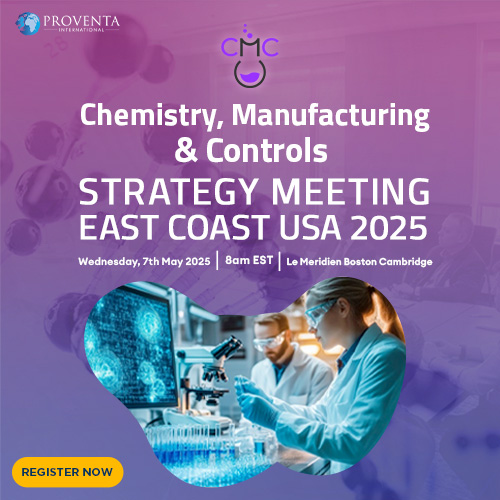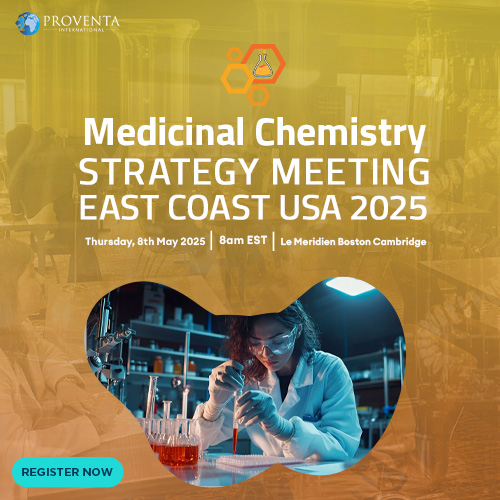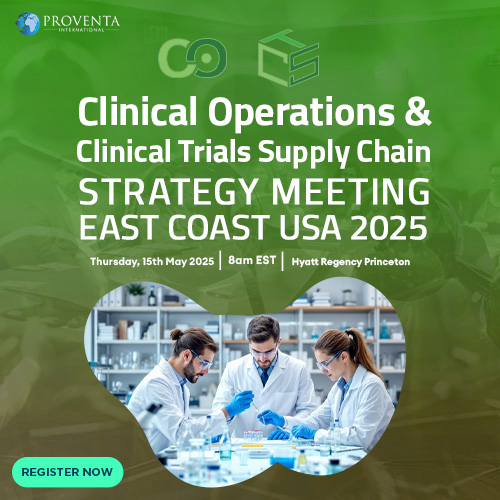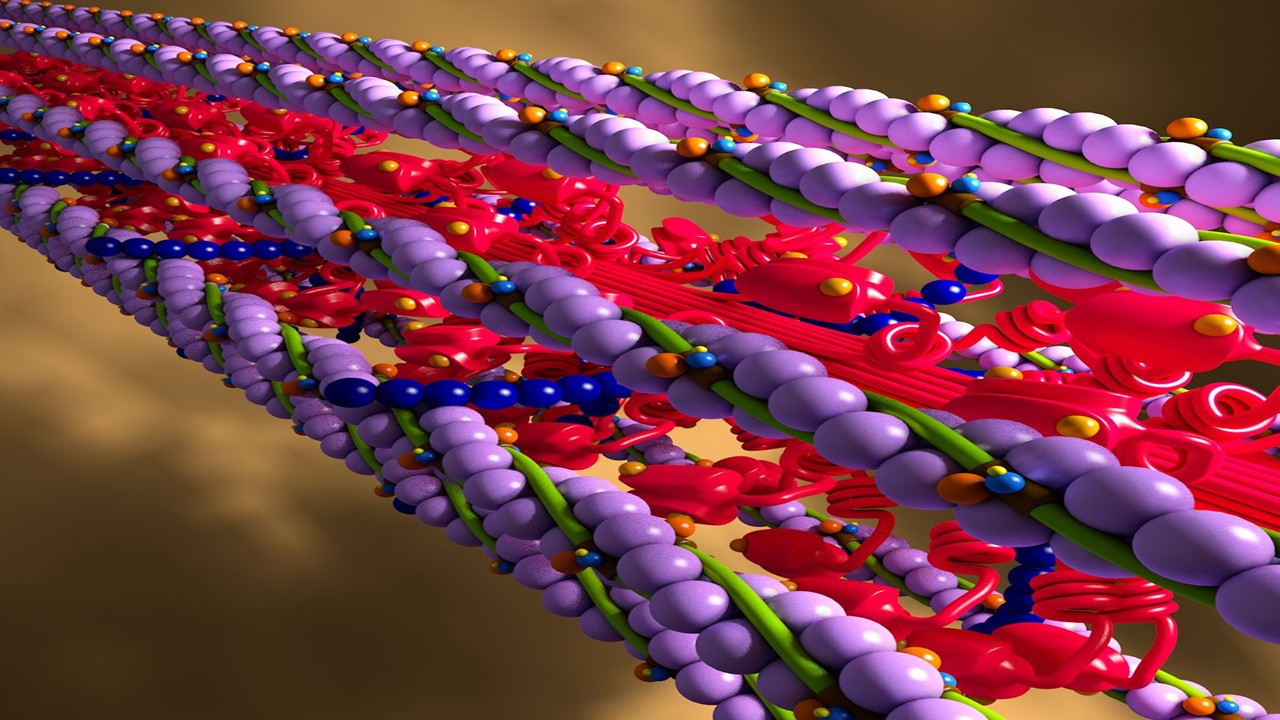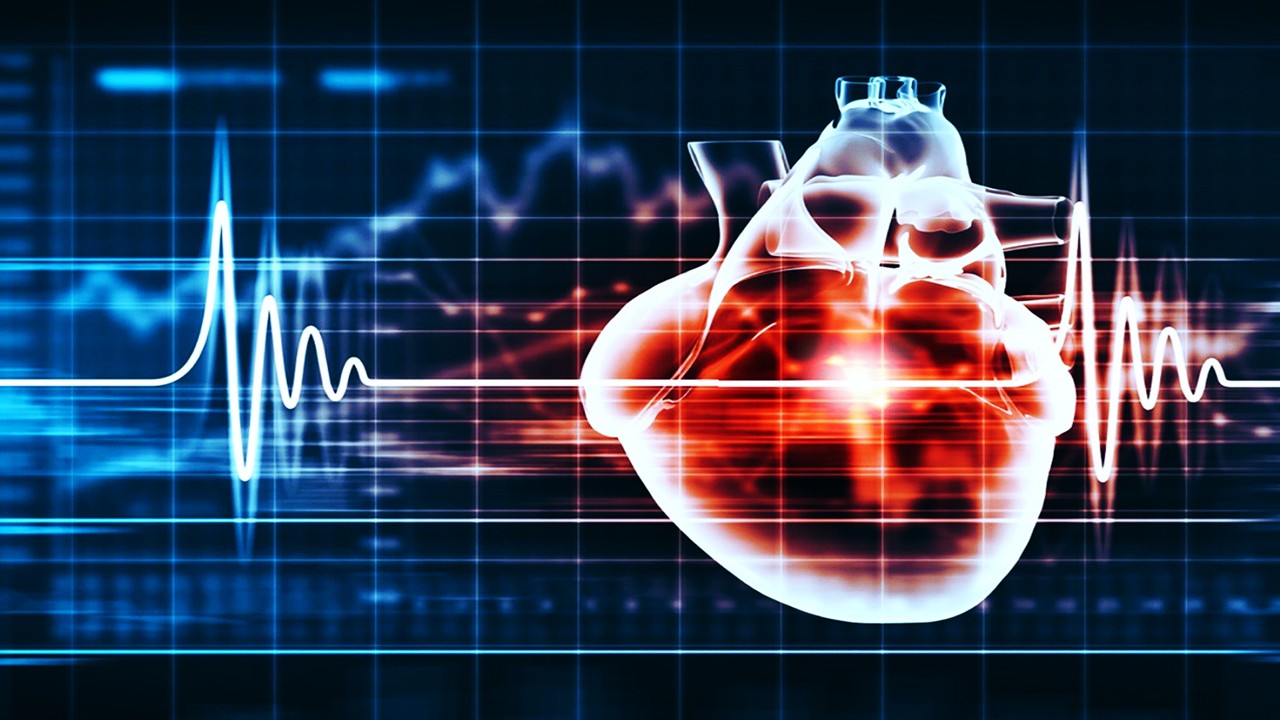From Rational Design to Generative Models
The pursuit of novel therapeutic compounds has long been a cornerstone of pharmacology, driven by the need for more effective treatments with fewer side effects. Since the 1960s, computational methods have been employed to predict molecular properties and optimize drug candidates before synthesis. Early approaches relied on structure-activity relationships (SARs), heuristic models, and rule-based systems. However, these methods were inherently limited by the depth of human understanding—if a phenomenon was not explicitly encoded into a model, the software was blind to its potential implications.
The advent of deep learning (DL) has dramatically altered this landscape. Unlike traditional machine learning (ML) models that require manual feature engineering, DL architectures can autonomously recognize patterns in complex, high-dimensional datasets. Among these, generative adversarial networks (GANs) and reinforcement learning (RL) techniques have emerged as particularly promising tools for drug discovery. These models are not just classifiers; they are creators, capable of designing entirely new molecular structures with desired properties, a process now termed generative chemistry.
The shift from predictive modeling to generative chemistry marks a paradigm change. Instead of merely screening libraries of existing compounds, AI-driven algorithms can now construct molecules from scratch, optimizing their pharmacological profiles through iterative learning. The implications are profound: more efficient drug discovery pipelines, reduced reliance on brute-force high-throughput screening, and the potential to explore vast, previously untapped regions of chemical space.
The Foundations of Generative Chemistry: GANs and Reinforcement Learning
Generative adversarial networks (GANs) were first introduced in 2014, drawing from both deep learning and game theory. A GAN consists of two competing neural networks—a generator that proposes new molecules and a discriminator that evaluates their plausibility. Through this adversarial process, the generator refines its output, producing increasingly realistic and chemically valid structures.
In drug discovery, GANs are typically paired with reinforcement learning (RL) strategies. RL allows models to optimize molecular properties by assigning rewards to desirable features, such as solubility, bioavailability, or binding affinity to a target protein. Instead of passively learning from a dataset, RL-enabled GANs actively seek out novel structures that maximize therapeutic potential.
One of the earliest applications of GANs in pharmacology was the development of generative models for de novo drug design. By training on known bioactive compounds, these models could generate molecules with improved pharmacokinetic properties. Over time, researchers incorporated more sophisticated constraints, ensuring that generated compounds were not only theoretically potent but also synthetically feasible.
Recent breakthroughs include adversarial autoencoders (AAEs) and conditional GANs (cGANs), which allow for finer control over molecular design. AAEs enable latent-space manipulations, meaning researchers can guide the generative process toward desired chemical properties. Meanwhile, cGANs introduce conditional inputs—such as target selectivity or toxicity constraints—allowing for tailored molecule generation.
Recurrent Neural Networks and Autoencoders: Mapping Chemical Space
While GANs dominate molecular generation, other architectures have also proven valuable in generative chemistry. Recurrent neural networks (RNNs), particularly those utilizing long short-term memory (LSTM) units, are well-suited for sequence-based data, such as the SMILES (Simplified Molecular Input Line Entry System) representations of molecules.
RNNs have demonstrated success in generating synthetically tractable molecules by learning the syntax and grammar of SMILES representations. Once trained on a vast chemical database, an RNN can generate molecules with properties similar to those in the training set, yet structurally distinct. This capability is particularly useful in scaffold-hopping, a key strategy in medicinal chemistry that involves modifying a molecule’s core structure while retaining its pharmacophoric features.
Another powerful approach is the use of variational autoencoders (VAEs), which learn probabilistic mappings between chemical structures and a continuous latent space. Unlike discrete molecular fingerprints, VAEs encode molecules as smooth, navigable distributions, allowing researchers to interpolate between known compounds to discover novel intermediates. This representation is particularly useful for optimizing drug-like properties, as it enables smooth, controlled modifications to molecular structures.
In recent applications, junction tree VAEs (JT-VAEs) have further improved generative models by enforcing chemically valid substructures. Unlike SMILES-based methods, which sometimes generate syntactically incorrect molecules, JT-VAEs construct molecules by assembling valid chemical fragments, significantly improving their synthetic accessibility.
Deep Reinforcement Learning: Guiding Molecular Optimization
One of the most exciting advancements in generative chemistry is the integration of reinforcement learning (RL) with deep generative models. RL enhances traditional generative approaches by incorporating a feedback loop, wherein generated molecules are iteratively evaluated and refined.
A notable example of RL-driven molecular design is the objective-reinforced generative adversarial network (ORGAN), which combines GANs with RL-based reward functions. By defining objective rewards—such as high binding affinity, low toxicity, or ease of synthesis—ORGAN can bias the generative process toward desirable chemical structures.
Similar methodologies have been employed in models such as generative tensorial reinforcement learning (GENTRL), which successfully designed DDR1 kinase inhibitors. GENTRL produced several promising drug candidates within a fraction of the time required for traditional approaches, demonstrating the practical utility of AI in drug discovery.
However, RL-based models also face significant challenges. The scoring functions used to evaluate generated molecules must be highly accurate; otherwise, the model may converge on suboptimal solutions. Furthermore, while RL models excel at optimizing known drug-like properties, they struggle with emergent phenomena—unpredictable molecular behaviors that arise from complex biological interactions.
Beyond SMILES: Graph-Based Representations and Molecular Design
One of the limitations of early generative models was their reliance on linear molecular representations like SMILES. While effective, these representations do not capture the full three-dimensional complexity of molecular structures. As a result, recent research has focused on graph-based representations, wherein molecules are treated as mathematical graphs with atoms as nodes and bonds as edges.
Graph convolutional networks (GCNs) have been particularly effective in this domain. Unlike traditional neural networks, which operate on fixed-dimensional inputs, GCNs can process variable-sized molecular graphs, allowing for a more accurate representation of molecular interactions.
MolGAN, a GAN variant specifically designed for molecular graphs, has shown promise in generating valid, diverse molecules with optimized properties. By directly operating on graph structures, MolGAN avoids some of the pitfalls of SMILES-based methods, such as syntactical errors or infeasible bond arrangements.
Another innovative approach is Mol-CycleGAN, which applies cycle-consistent generative adversarial networks (CycleGANs) to molecular optimization. This model allows for property transformations—converting an existing molecule into a structurally similar variant with improved drug-like properties. Such transformations are invaluable for lead optimization, where small structural tweaks can significantly enhance a drug’s efficacy or reduce its side effects.
Challenges and Future Directions
Despite its rapid progress, generative chemistry faces several significant challenges. The first is validation: while AI-generated molecules can be theoretically optimized, their true efficacy must be confirmed through rigorous experimental testing. Unlike image generation or text synthesis, where results can be immediately assessed, drug discovery requires extensive in vitro and in vivo validation, often spanning years.
Another challenge is synthetic feasibility. While AI models can generate novel molecular structures, they do not inherently account for the practicalities of chemical synthesis. Many generated molecules, despite being theoretically potent, may be too complex or unstable for real-world production. Addressing this issue requires integrating generative chemistry with automated synthesis planning—an emerging field that combines AI-driven retrosynthesis with robotic automation.
Regulatory considerations also play a crucial role. The pharmaceutical industry is heavily regulated, and the adoption of AI-generated molecules will require new frameworks for assessing their safety and efficacy. Regulatory agencies will need to establish guidelines for evaluating AI-driven drug discovery methods, ensuring that novel compounds meet rigorous safety and efficacy standards.
Looking ahead, the integration of AI with other emerging technologies—such as quantum computing, molecular simulations, and high-throughput automation—could further revolutionize drug discovery. AI-driven models are likely to become indispensable tools for medicinal chemists, augmenting human intuition with computational efficiency.
In the near future, generative chemistry may enable entirely new paradigms of drug design, where AI systems autonomously propose, evaluate, and synthesize new drugs. The dream of fully automated drug discovery is not far-fetched—it is already beginning to take shape.
Study DOI: https://doi.org/10.1021/acsmedchemlett.0c00088
Engr. Dex Marco Tiu Guibelondo, B.Sc. Pharm, R.Ph., B.Sc. CpE
Subscribe
to get our
LATEST NEWS
Related Posts
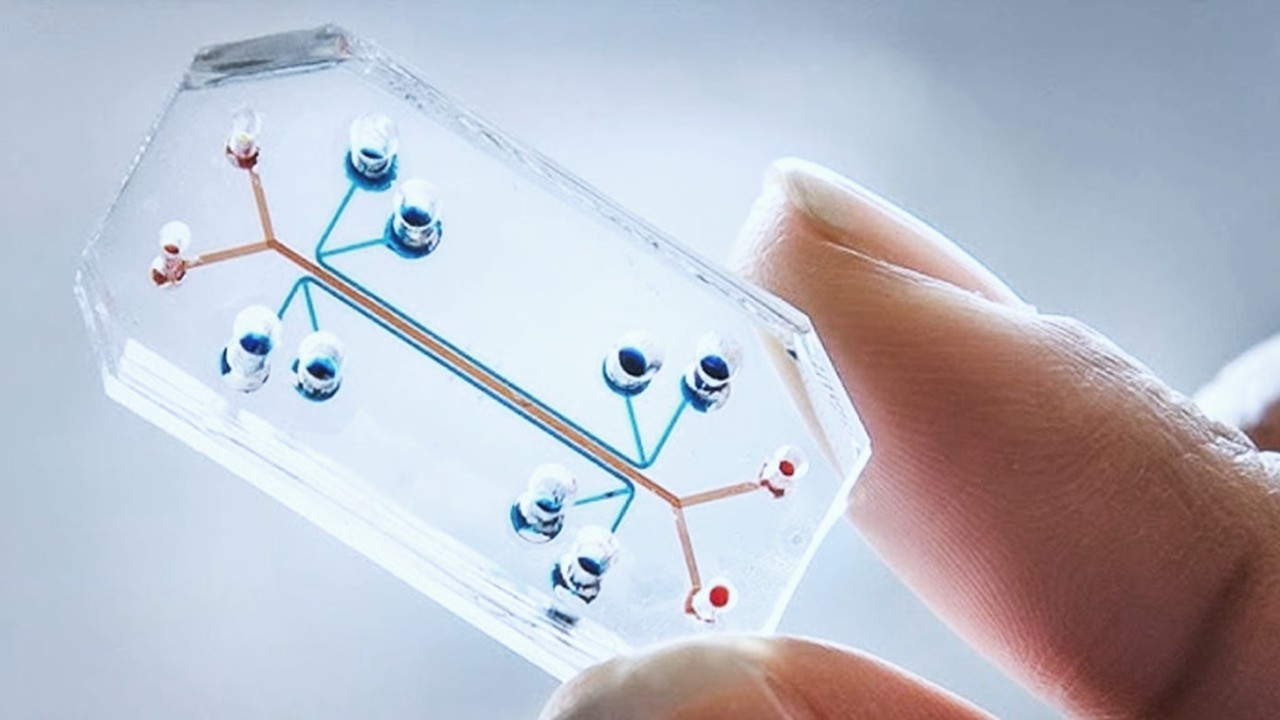
Medicinal Chemistry & Pharmacology
Invisible Couriers: How Lab-on-Chip Technologies Are Rewriting the Future of Disease Diagnosis
The shift from benchtop Western blots to on-chip, real-time protein detection represents more than just technical progress—it is a shift in epistemology.
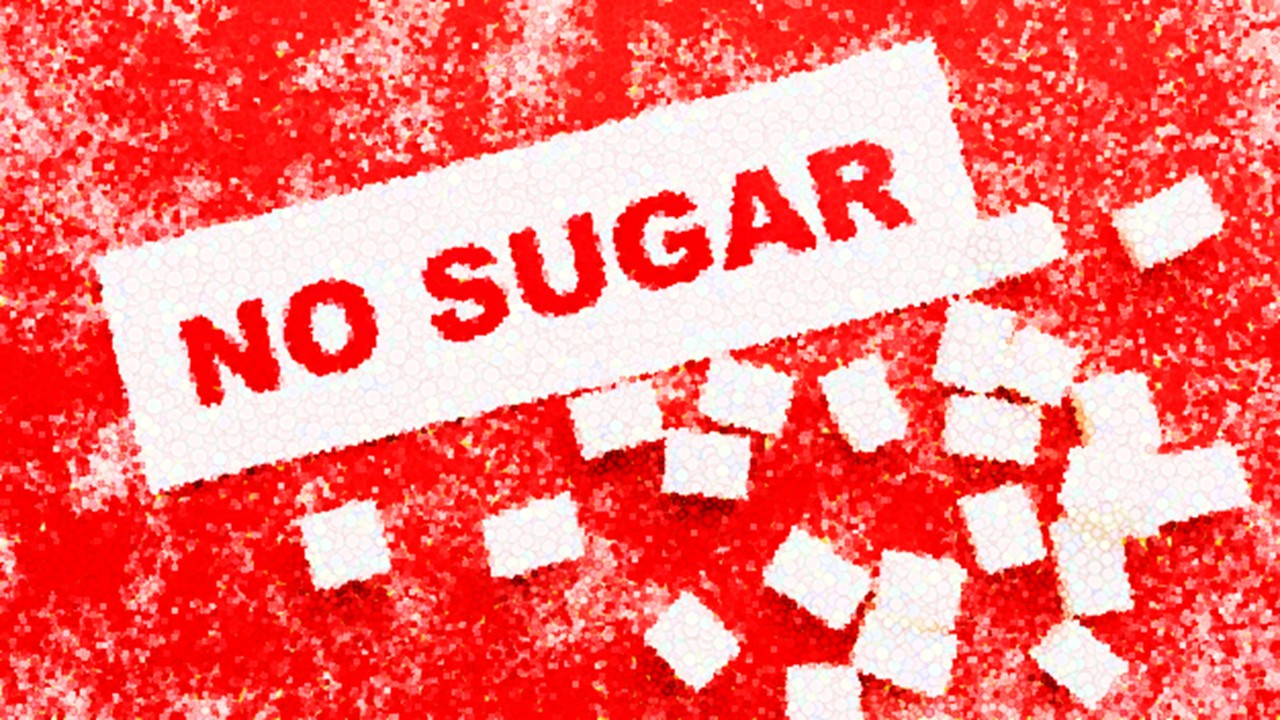
Medicinal Chemistry & Pharmacology
Designing Better Sugar Stoppers: Engineering Selective α-Glucosidase Inhibitors via Fragment-Based Dynamic Chemistry
One of the most pressing challenges in anti-diabetic therapy is reducing the unpleasant and often debilitating gastrointestinal side effects that accompany α-amylase inhibition.
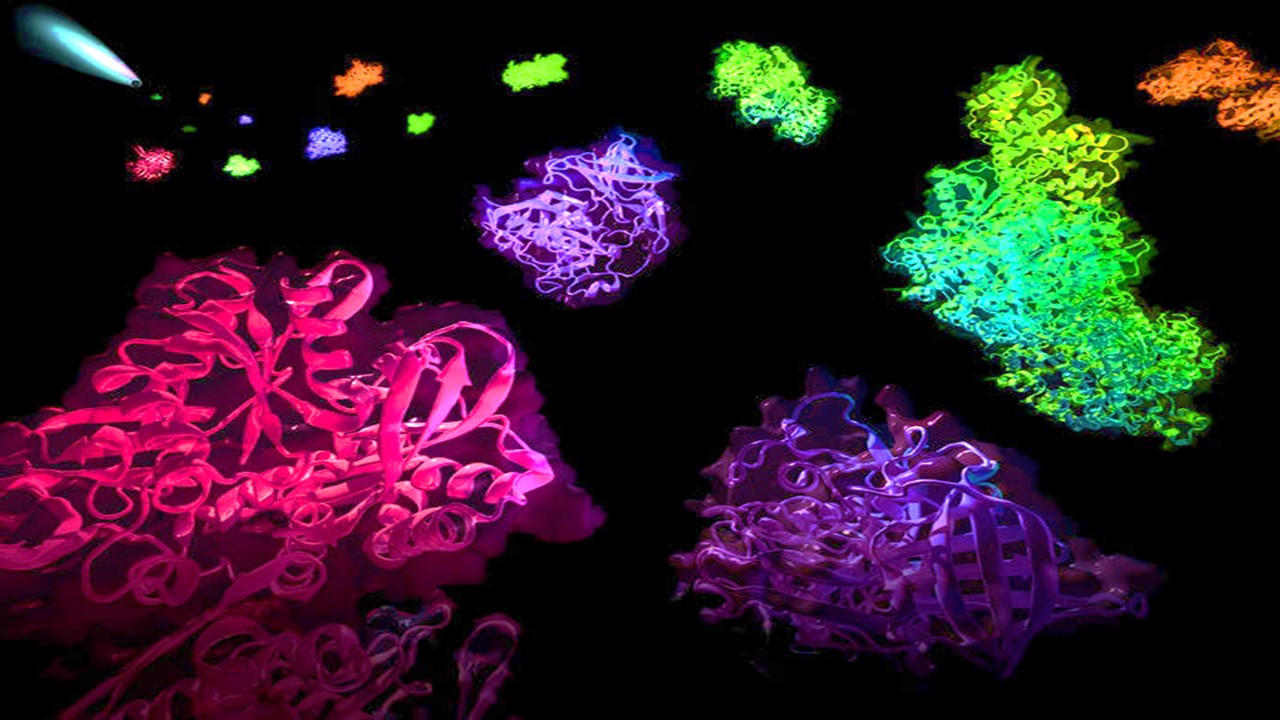
Medicinal Chemistry & Pharmacology
Into the Genomic Unknown: The Hunt for Drug Targets in the Human Proteome’s Blind Spots
The proteomic darkness is not empty. It is rich with uncharacterized function, latent therapeutic potential, and untapped biological narratives.
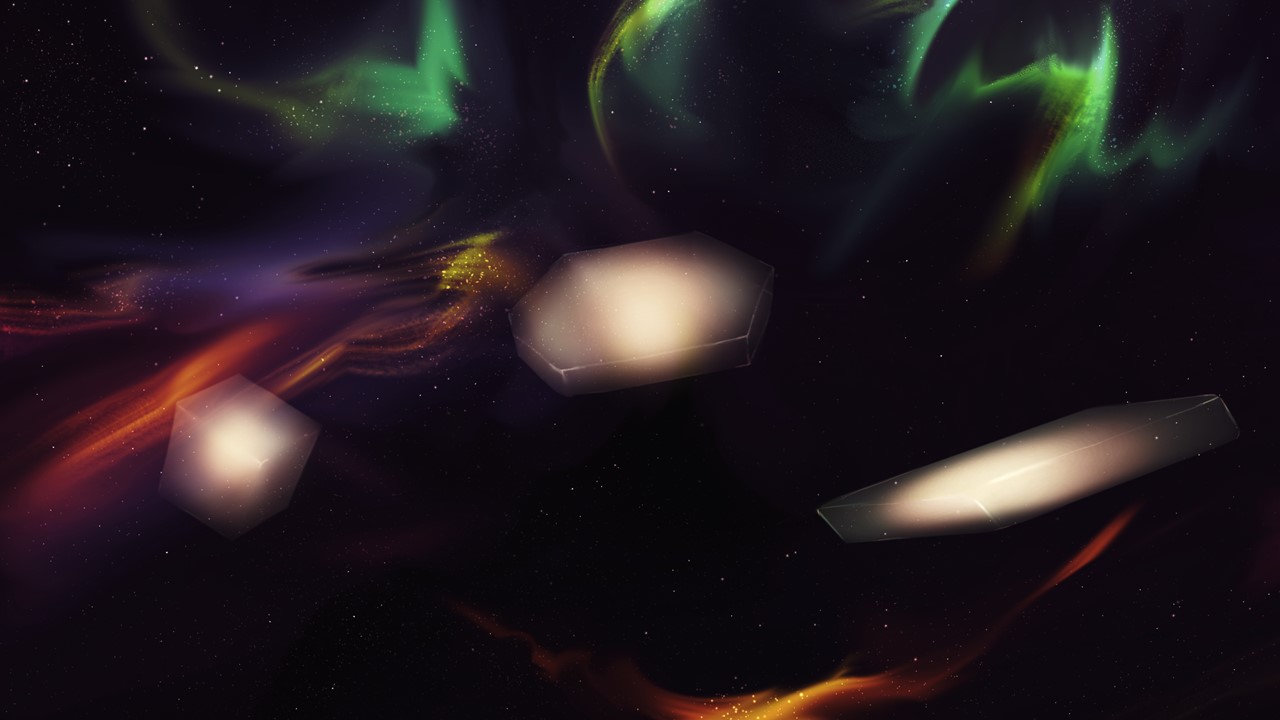
Medicinal Chemistry & Pharmacology
Aerogel Pharmaceutics Reimagined: How Chitosan-Based Aerogels and Hybrid Computational Models Are Reshaping Nasal Drug Delivery Systems
Simulating with precision and formulating with insight, the future of pharmacology becomes not just predictive but programmable, one cell at a time.
Read More Articles
Myosin’s Molecular Toggle: How Dimerization of the Globular Tail Domain Controls the Motor Function of Myo5a
Myo5a exists in either an inhibited, triangulated rest or an extended, motile activation, each conformation dictated by the interplay between the GTD and its surroundings.

